- Empty cart.
- Continue Shopping
Danthapala (Sweet Indrajao)
Original price was: ₹300.00.₹180.00Current price is: ₹180.00.
Genus : Wrighta
The Danthapala (Sweet Indrajao) plant is a captivating addition to any garden. With its vibrant flowers and medicinal properties, it offers both visual appeal and health benefits. Grow your own Danthapala plant and enjoy its beauty and versatility.
Wrightia tinctoria, commonly known as Pala Indigo Plant or Dyer’s Wrightia, is a species of flowering plant in the family Apocynaceae. It is native to tropical and subtropical regions of Asia, including India, Sri Lanka, Myanmar, and Thailand. Here is a more detailed description of Wrightia tinctoria:
Appearance: Wrightia tinctoria is a small to medium-sized deciduous tree, reaching heights of 3-10 meters. The tree has a straight, cylindrical trunk with greyish-brown bark that is rough and fissured. The branches are opposite or whorled, and the tree forms a rounded crown.
Leaves: The leaves of Wrightia tinctoria are simple, opposite, and elliptical to lanceolate in shape. They are about 5-10 cm long and 2-4 cm wide, with entire margins and a glossy dark green color on the upper surface. The leaves are arranged in pairs along the branches, and they often have a distinctive arrangement in whorls of 3 or 4 leaves.
Flowers: The flowers of Wrightia tinctoria are fragrant and attractive, usually white or pale yellow in color, and star-shaped with five petals. They are borne in clusters at the ends of branches or in leaf axils. The flowers have a tubular corolla with a long slender tube and five spreading lobes. They are pollinated by insects, particularly butterflies and bees.
Fruit: The fruit of Wrightia tinctoria is a slender, cylindrical, paired follicle, about 10-15 cm long. The follicles are green when young, turning brown as they mature. Each follicle contains numerous seeds, which are equipped with tufts of silky hairs that aid in their dispersal by wind.
Uses: Wrightia tinctoria has several traditional uses. The plant has been used for centuries as a source of natural dyes for textiles, especially in India and Sri Lanka. The milky sap of the plant has medicinal properties and has been used in traditional Ayurvedic medicine for treating various ailments, such as skin diseases, rheumatism, and as a diuretic. The wood of Wrightia tinctoria is hard and durable, and is used for making tool handles, agricultural implements, and furniture. The plant is also cultivated as an ornamental tree for its attractive flowers and glossy foliage.
Habitat: Wrightia tinctoria is typically found in deciduous and dry deciduous forests, scrublands, and grasslands, as well as along riverbanks and roadsides. It prefers well-drained soils and is commonly found in tropical and subtropical regions with a pronounced dry season.
In conclusion, Wrightia tinctoria is a small to medium-sized deciduous tree with attractive flowers, glossy leaves, and multiple traditional uses. It is native to Asia and is known for its importance as a source of natural dyes, medicinal properties, and wood utilization.



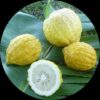

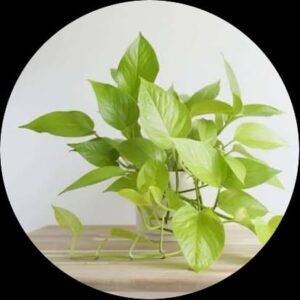
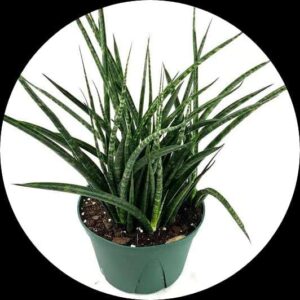
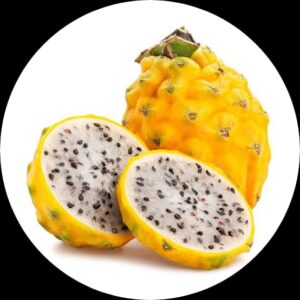
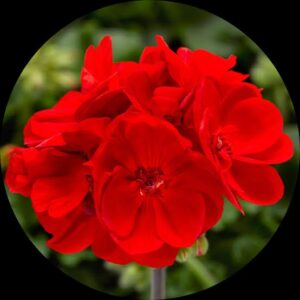
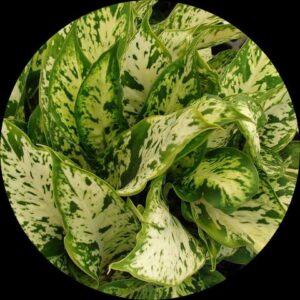
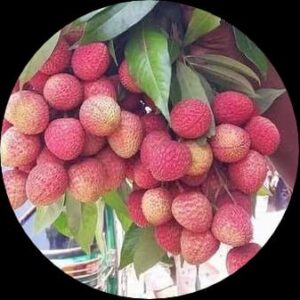
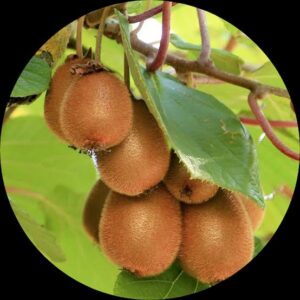
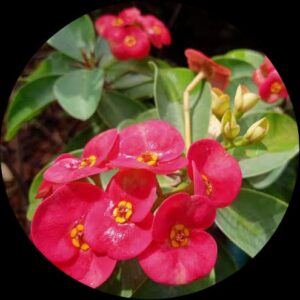
Reviews
There are no reviews yet.